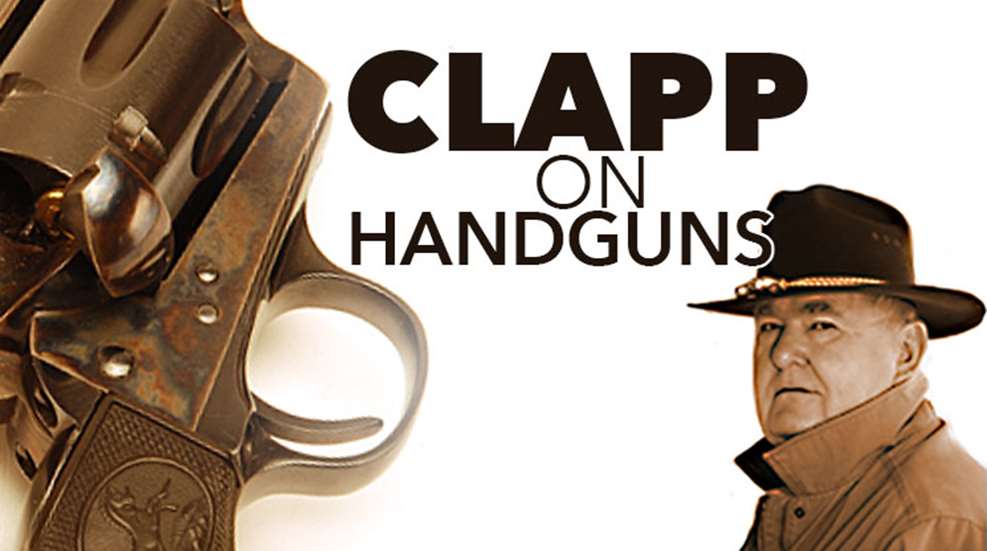
I overheard a gun store conversations the other day that set my mind to thinking about the process of getting all the shots into the center of the target. One guy was talking to an experienced gun salesman and complaining about the work of a well-known custom pistolsmith. The smith had done an accuracy job on a pistol by installing a premium barrel and meticulously fitting it to the frame and slide.
The pistolsmith then fired the gun and adjusted the sights to center the group in the bullseye. Our customer was unhappy because the group wasn't centered when he (the customer) fired the gun and the group “wasn't very tight.” Since I knew the pistolsmith involved, I had to chuckle at this one.
Nobody can zero your gun except you. Differences in human eyesight, grip, stance and breathing, among other factors can contribute to two different shooters using the same gun/ammo combination and getting the same sized group in two different places on the target. If the gun has a good accuracy potential and both shooters are of virtually equal skill, the difference in group location is probably not very large.
So when the pistolsmith zeroed the gun, he did so for his eyesight and shooting style, not the customer's. If the group is not centered for the customer, it's up to him to use the sight screwdriver and adjust the point of impact appropriately. And if he can't shoot as good a group as the gunsmith, the he has no choice except to get the larger group centered over the desired point of impact and then practice to develop his marksmanship skill. In the process of doing so, that group may migrate around the target.





































